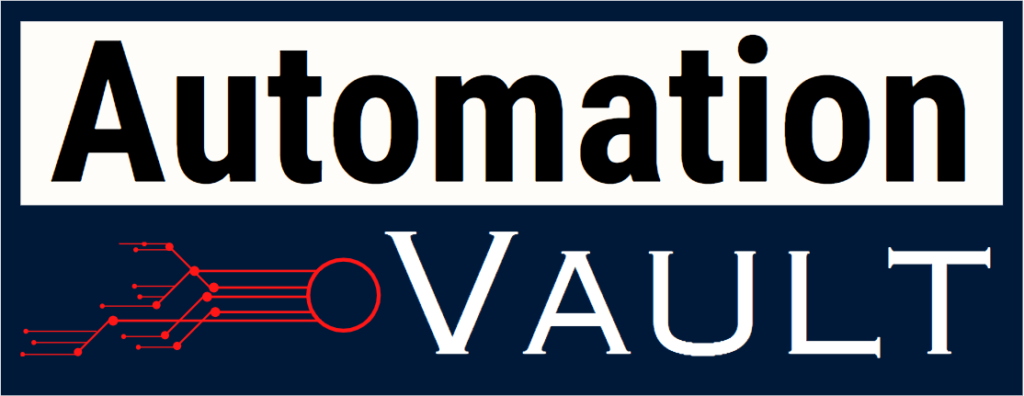Robotic Process Automation (RPA) is a technology that uses software robots or digital workers to automate repetitive, rule-based tasks. RPA can help insurance companies improve efficiency, accuracy, compliance, and customer satisfaction.
RPA in Insurance
RPA can be applied to various insurance processes, such as:
– Policy administration: RPA can automate tasks such as data entry, validation, verification, renewal, cancellation, and endorsement of policies.
– Claims processing: RPA can automate tasks such as claim registration, verification, assessment, settlement, and fraud detection.
– Underwriting: RPA can automate tasks such as risk analysis, data extraction, document generation, and pricing.
– Customer service: RPA can automate tasks such as responding to queries, sending notifications, updating records, and providing quotes.
RPA and Technological Synergy:
RPA can also integrate with other technologies, such as artificial intelligence (AI), optical character recognition (OCR), natural language processing (NLP), and chatbots, to enhance its capabilities and provide more value to the insurance industry.
Benefits of RPA in Insurance:
Some of the benefits of RPA in insurance are:
– Reduced costs: RPA can reduce operational costs by eliminating human errors, reducing manual labor, and increasing productivity.
– Improved quality: RPA can improve quality by ensuring consistency, accuracy, and compliance with regulations and standards.
– Enhanced customer experience: RPA can enhance customer experience by reducing turnaround time, increasing responsiveness, and providing personalized service.
– Increased scalability: RPA can increase scalability by handling high-volume and seasonal workloads without compromising quality or speed.
Challenges in RPA:
RPA is not a one-size-fits-all solution for the insurance industry. It requires careful planning, implementation, and management to ensure its success. Some of the challenges of RPA in insurance are:
– Complexity: Insurance processes are often complex, involving multiple systems, stakeholders, and regulations. RPA may not be able to handle all the variations and exceptions that may arise in these processes.
– Change management: RPA may require significant changes in the organizational culture, structure, and processes. It may also impact the roles and responsibilities of the employees. RPA may face resistance from the employees, who may fear losing their jobs or skills to the robots.
– Security and compliance: RPA may pose security and compliance risks if not implemented properly. RPA may expose sensitive data or violate privacy laws if not encrypted or monitored. RPA may also malfunction or be hacked if not updated or maintained regularly.
Conclusion:
RPA is a powerful tool that can transform the insurance industry. However, it is not a magic bullet that can solve all the problems. RPA should be seen as a complement, not a replacement, to the human workforce. RPA should be used to augment the capabilities and skills of the employees, not to eliminate them. RPA should be aligned with the strategic goals and vision of the insurance company, not just operational efficiency and cost reduction.


Leave a Reply